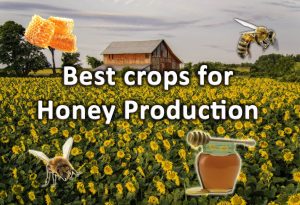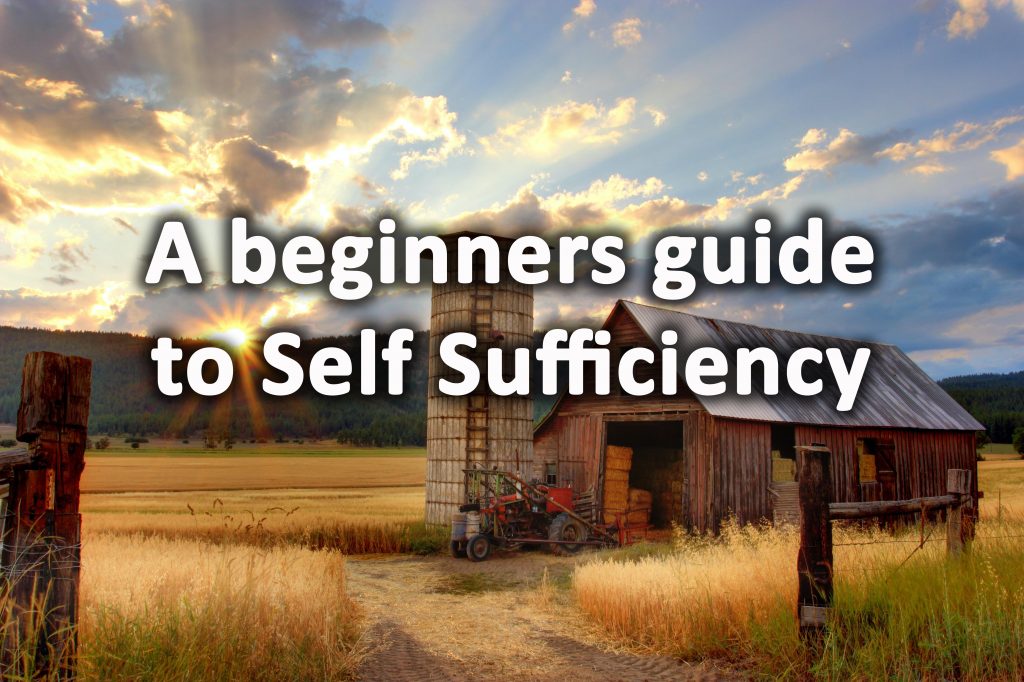Self sufficiency is an aspiration for those who crave a rural and more sustainable way of life. An ever growing climate emergency and environmental concern is making people question their daily lifestyles.
Many are acknowledging ecological degradation is a result of excessive consumerism and over development. Our overcrowded and overvalued infrastructure does not have the appeal it once did.
There is a deep, inner hunger for a green and more naturalistic way of life. A life which is more frugal providing basic needs from local and sustainable resources.
The extraordinary high cost of city living combined with overcrowding and rising air pollution is starting a shift. Many are rejecting societies need for us to want newer, bigger and better.
There is a growing interest in high quality, organic produce with a rejection of poor quality goods. A self sufficient lifestyle is not one with anything fancy. There are no big profits to be made or big egos to massage.
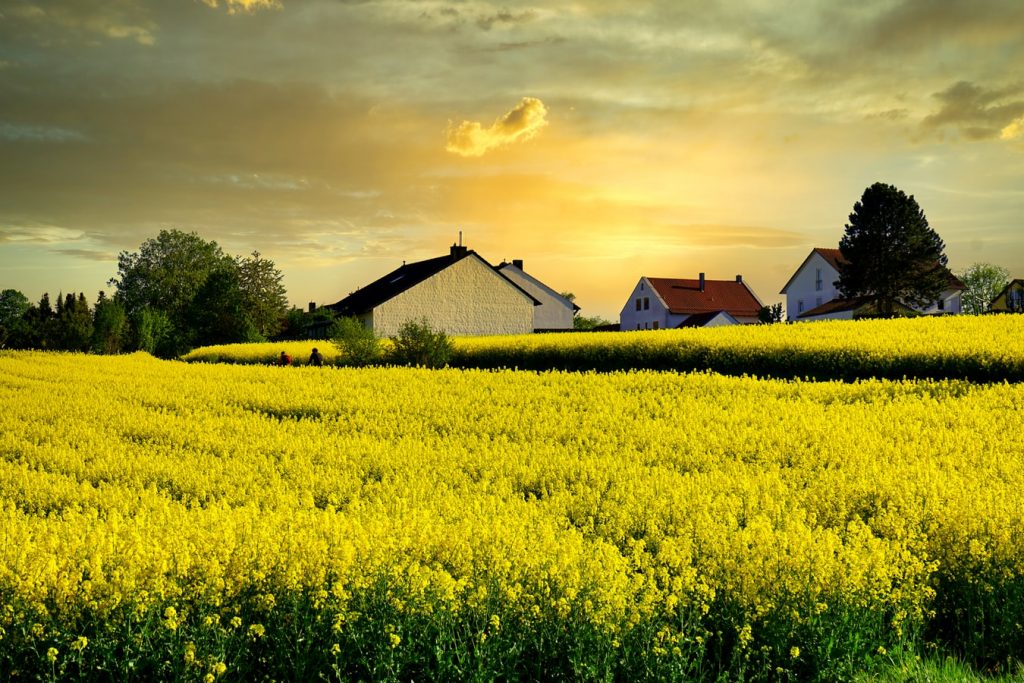
Self sufficiency is about providing you and your loved ones with the very best nature has to offer. Organic food, clean air, community, space and generally things money can’t buy!
A self sufficient homesteader can expect to live a little bit like a medieval farmer. Such a lifestyle has been described as ‘going back to the dark ages’ by some.
However evidence suggests such lifestyles are beneficial for both the planet and public health. Why should we not embrace a lifestyle which has worked well for 8000 years? A lifestyle defined by reduced ‘ecological footprint’ and one that helps to save the planet.
A failing system
In the past 20 years the aspirations of younger generations has been dramatically degraded. Raising asset prices combined with stagnant wage inflation has led to a decline in living standards. The rise of social media combined with digital entertainment has left people lonelier than ever.
This has led to an explosion in mental health problems and social degradation. Young people are finding it harder to buy homes and start the happy families they once envisaged. This has slowly led to rising civil unrest and a rejection of our monetary system.

A system which seems to see the rich get richer and the poor get poorer. Even worse we have to watch that very system destroy the very world we live upon. Many are realising that we are heading for certain doom if we cannot tackle the climate crisis. Therefore many of us are seeking a more ecological and self sufficient way to live our lives.
Social degradation
One of the biggest trends of the past 200 years is the mass migration of populations into cities. This has meant for the first time in history people have lived at extraordinarily high densities. Many planners have not seen any real issue with this dubbing it ‘contemporary living’.
However studies have shown what a negative impact this has on both mental and physical health. In recent times we have seen countless examples of how natural environments improve mental health. This has been more important than ever with the Coronavirus pandemic isolating people at home for extended periods.
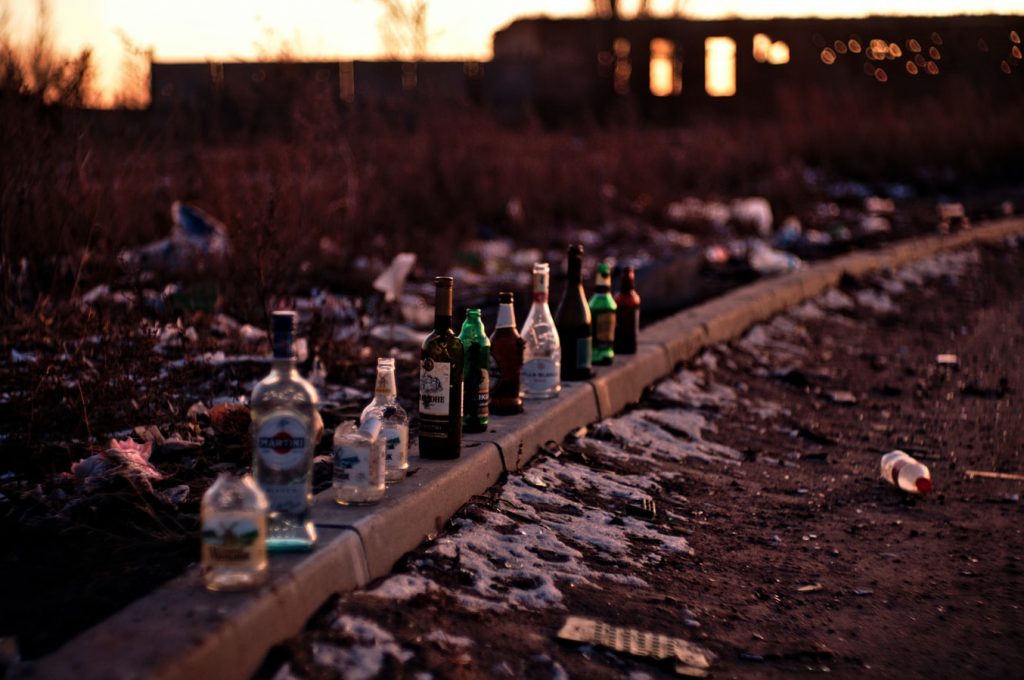
People more than ever want to be in the fresh air, enjoy nature and enjoy a slower pace of life. Self sufficient homesteading can provide people with a much more laid back and green lifestyle. Add to this the fact that rural communities have stronger social structures than urban environments.
Climate change
One of the biggest challenges mankind has ever faced is climate change. A steady rise in global temperatures and vast deforestation is leading us into oblivion. It is predicted we could only be a decade away from serious consequences for human civilisation.
In the mean time however politicians rattle on about electric cars and solar energy neither of which is enough. To stop climate change people need to reduce their ecological footprint to a sustainable size. Now! ……Yesterday!

This can only be done if we re-ruralise and grow our own food. This reality is probably the reason governments have failed to act to date. Quite simply they would have to break up the system and nobody will do that. The only way climate change can be stopped is by adopting a self sufficient homesteading lifestyle.
The homesteading way
Homesteading is not necessarily self sufficient farming however it is living a similar type of lifestyle. There are many parallels between all kinds of self sufficient farming and homesteading. If you are growing your own vegetables it is essential you keep a daily eye on your crops.
When the season requires you can be on hand to water and harvest. If you are raising animals daily attention will need to be provided to your livestock. Self sufficient homesteading is hard work but there is meaning to everything you do.
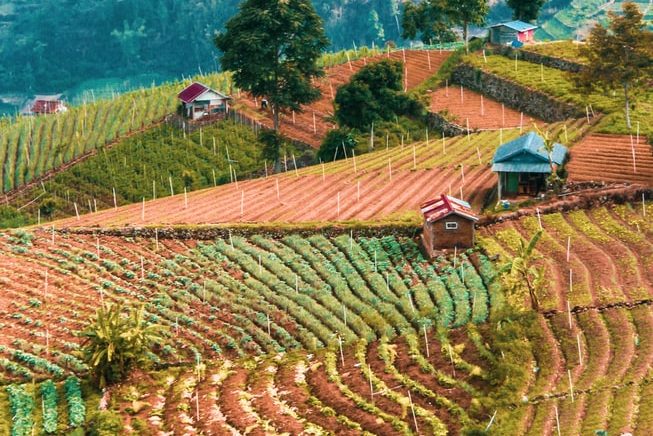
There is nothing like the peace of mind you feel when feeding your family the best fruit and vegetables. Homesteading is a self sufficient lifestyle where you live close to your food source. Not only can this be rewarding it can also be a lot of fun! Much better than the average day job.
A more rural existence
Speaking from experience living in both cities and the countryside could not be more different. I used to live in London and moved into a homestead out in the country, I have never looked back! In the city you can be surrounded by people and be lonely. Whereas in the country it looks empty but people soon pop out of no where!
People are quick to make you apart of the community when you take on a rural life. In general people are much happier when they have a spacious environment. Being surrounded by the great outdoors evokes a feeling of peace and tranquillity. The sound of vehicles, trains and sirens subconsciously cause us restlessness especially when we are sleeping.
A stronger sense of community
Rural homesteading generally has a stronger community pull than city life. This is not always the case but in general it is more typical. Rural villages usually have a village hall or in more modern times a Facebook group!
If you are growing vegetables and raising animals chances are you can learn from a community. Homestead communities regularly trade commodities such as excess produce and helpful favours. If you don’t have a cockerel but want baby chicks there is always someone nearby that can help.
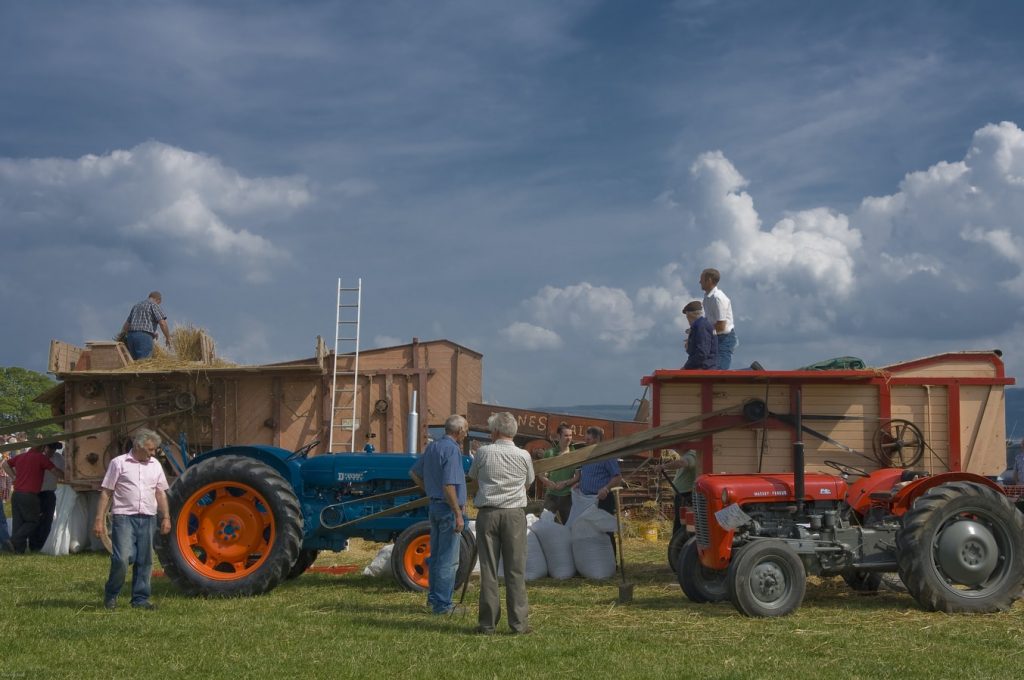
One thing is for sure if you get into homesteading a local community will appear. Don’t be surprised if you don’t end up in the local pub more than you anticipated!
Consuming less and producing more
As a self sufficient homesteader you look less towards the economy for goods and services. As you spend much more time working the land you rarely have excess currency. Although this may seem a hardship it is actually a form of freedom!
Homesteaders are much more likely to recycle unwanted goods and materials. This is much better for the environment and encourages you to learn new skills. This means a more diverse working life and encourages ingenuity to make use of what you have.

Consequently you are not continuously consuming products which have a large carbon footprint. Every vegetable you grow or animal your rear makes your impact on the planet much smaller. There is peace of mind knowing that should the worst happen you can still feed yourself.
Growing vegetables
Growing your own vegetables is not only fun it is the first step towards self sufficiency. There is something very therapeutic about nurturing young plants from seedlings to the kitchen. If you have ever grown vegetables you will discover they are far superior in taste to supermarkets.
When starting a vegetable garden you will need to think about what you prefer to eat. This can be done by analysing your weekly shopping basket. The choice of vegetables you grow will also depend on your climate and soil type.
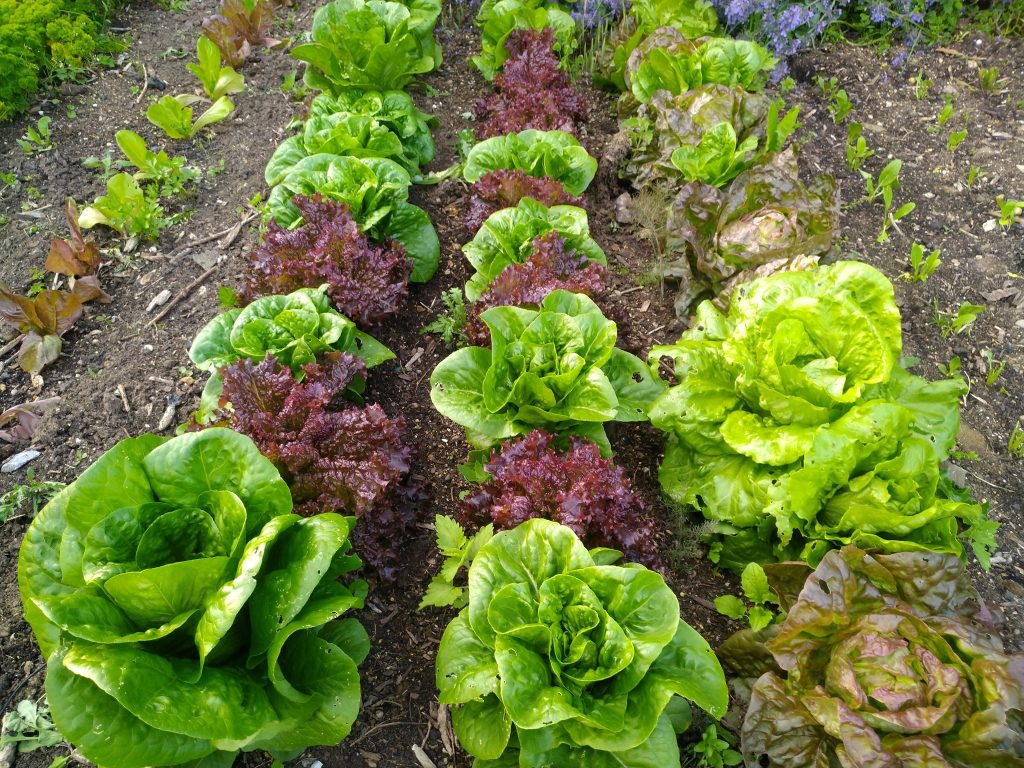
Most self sufficient homesteaders will have a growing season and a winter season. Hence you will need to grow vegetables that will easily store during the leaner months. Some of these include potatoes, carrots, parsnips, cabbage, onions and leeks.
Permanent food systems
Traditional agriculture and vegetable gardens generally rely on annual crops which grow for a season. This means there is a lot of seasonal digging, preparation and weeding to produce food. Permanent food systems however rely on more permanent crops which stay in the ground for years.
By establishing fruiting trees, shrubs, climbers and perennials you guarantee a continuous food supply. These production systems require very little input once they are established. Hence you can double up your growing with multiple crops in one place.
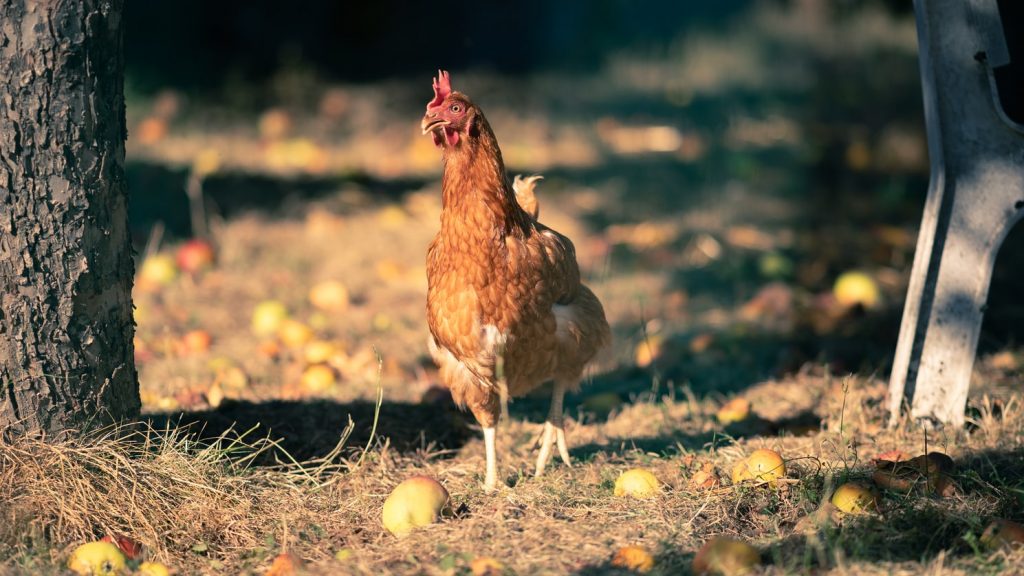
Agroforestry and permaculture are good examples of these permanent food systems. The types of crop you grow will depend on your specific location. These systems can be very productive and can incorporate small livestock such as chickens.
Raising animals
Self sufficient homesteading is typically associated with raising animals and for good reason. Livestock such as chickens, goats and cows can provide you with fresh eggs, milk and meat. The more land you have the more space you will have for raising animals.
Livestock does have a much larger pull on resources than a completely plant based diet. This is because you either need more space for them to forage or buy in feed. Small poultry like chickens can roam freely and forage on insects, pests and vegetation.
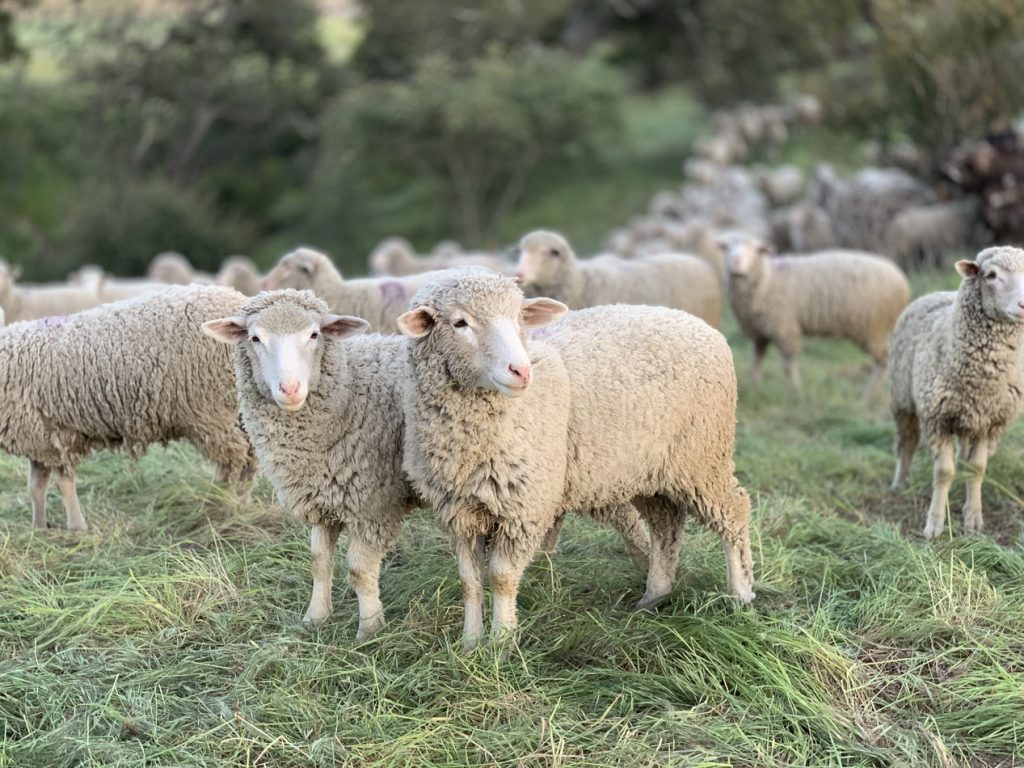
This means if they have a large enough area can practically feed themselves from the landscape. Cows and goats will take a lot more commitment and resources but the rewards are greater.
Every homesteader will have to weight up the individual pros and cons for their situation.
Cooking
Cooking is an essential part of self sufficiency making your organic produce into something special. Cooking enables you to make the best of your raw materials and the possibilities are endless.
From curries to stir fry’s, stews and casseroles your family will have no excuse not to eat their greens. The great thing about producing your own vegetables is you naturally become a better cook.
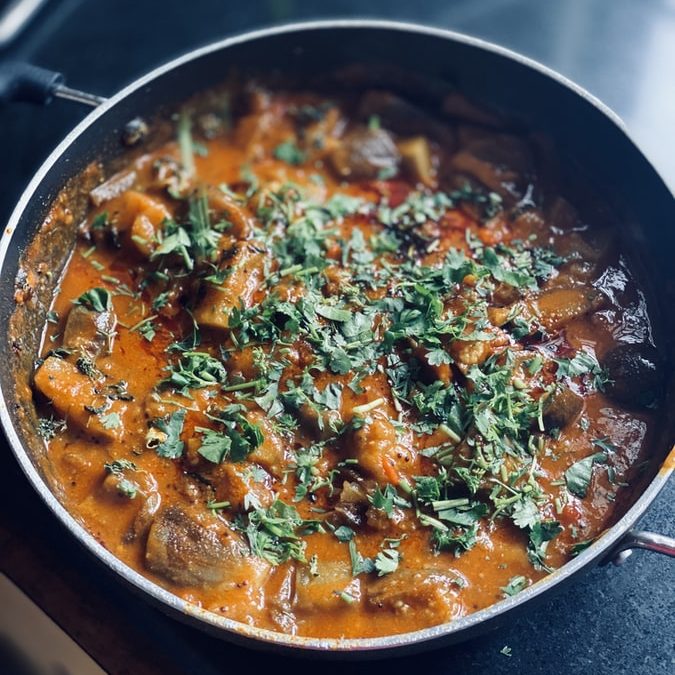
After spending a whole season nurturing your crops it’s certainly necessary do them justice. Cooking can make your produce go even further and generally leads to a very happy homestead.
Preserving
Food preservation is a necessary skill particularly when living in colder regions of the world. It is common to end up with a glut of produce all at once at the end of the season.
Therefore utilising methods of preservation can provide continuous supplies for leaner months. Some preservation methods include dehydrating, pickling, root storing, chutneys and wine making. Most of these are easy to do with some research and basic equipment.
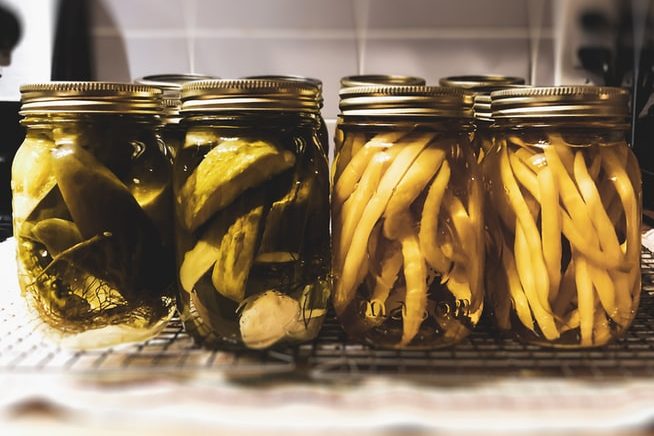
If you have a larger homesteading operation these can also be turned into a business venture. If you raise animals for the table you can also try smoking, curing and sausage making.
Learning new skills
In a self sufficient lifestyle people become multi-skilled instead of pigeonholed into a single career. This can lead to an ongoing process of trying new things and experimenting. There is much less chance of becoming bored or stagnated when you are self sufficient.
Many old trades that used to be common place could become vital again. Some are sceptical that renewable energy will viably meet our energy need into the future. The result could mean very high energy prices and prolonged fuel poverty.
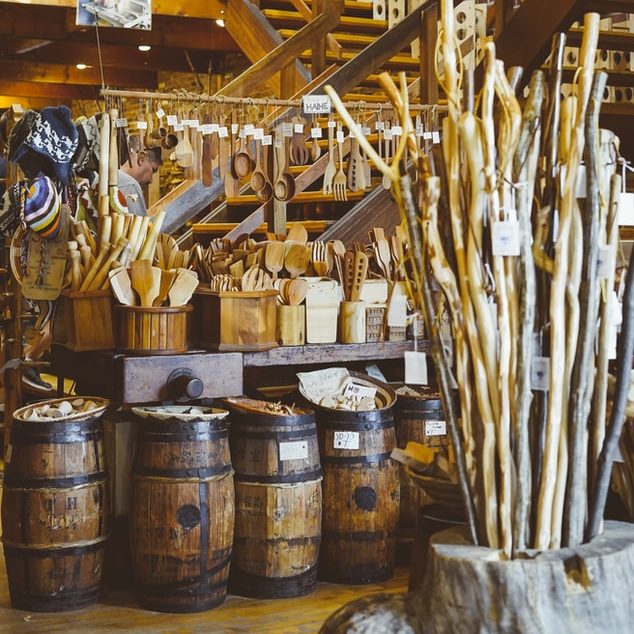
Hence traditional skills such as woodwork, whittling, pottery, coppicing and charcoaling could become essential again. Such skills can be invaluable for a rural community and for self sufficient homesteading in general.
Producing your own fuel
One of the ways you can guarantee separating yourself from the grid is to produce your own fuel. The most common way of doing this is with coppice woodland. A coppice is a woodland or tree plantation which has been cut down to a few inches above ground.
This encourages robust new growth from the bottom producing multiple, vertical, branches. These can be harvested every few years as a source of combustible fuel. The thin poles produced can burn very efficiently in a biomass heater.
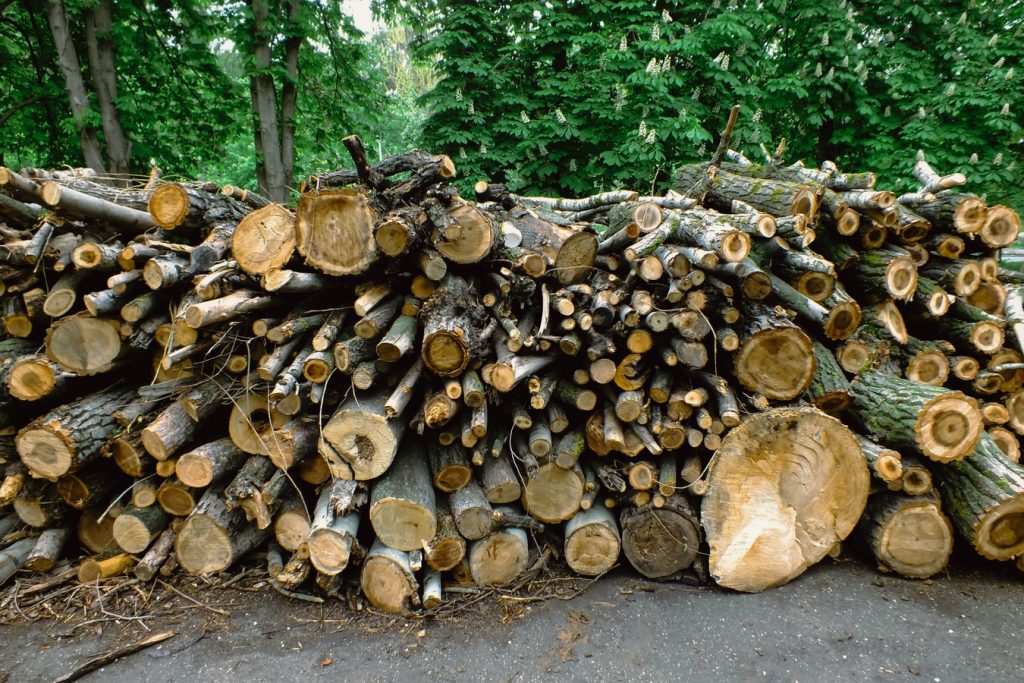
This can also provide fuel for cooking and heating the home. Typically the average home will have to set aside 4 acres of land for coppice. This will have to be harvested on a 5 year rotation for a continuous supply.
Living ethically and sustainably
With many shocking documentaries on ecological destruction and climate change people want to make a difference. However so many are living within an unsustainable infrastructure they could never offset their impact.
Therefore self sufficient homesteading provides you with a more ethical existence on the planet. Every time you step outside you have a visual reference of what resources you have to hand. This is really important as you are constrained by the efficiency of the very land around your home.

This means that you cannot help but be responsible for the planet in such a situation. As a homesteader you are physically working within your ecological footprint every day! This means you can rest easy that you are not only doing your bit but leading by example.
Becoming more active
One of the things about becoming self sufficient is you instantly become much more active. Instead of sitting at a desk all day you will be moving about and burning calories.
Often when people become more active they instantly improve their general mood. This is because our bodies crave movement and modern lifestyles do not provide enough activity.
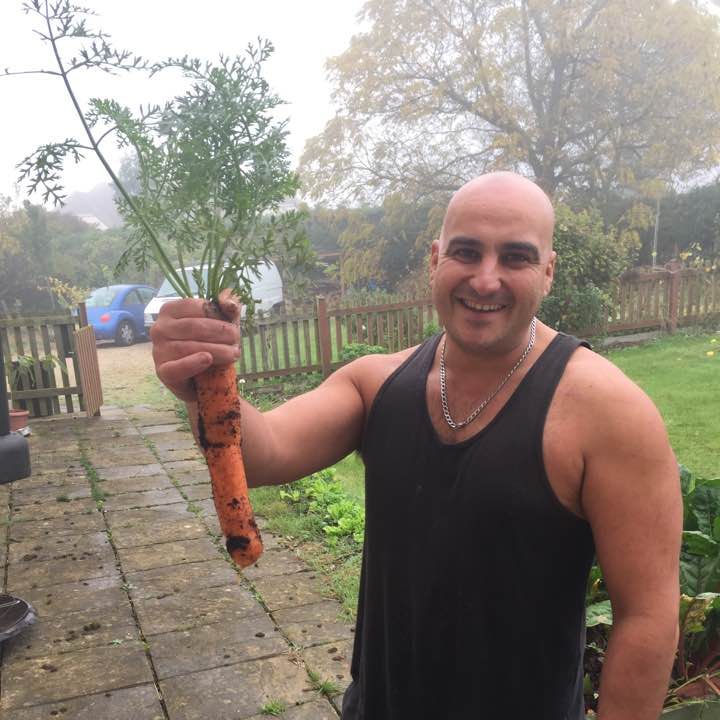
The combination of vegetable growing and caring for animals can greatly improve physical fitness. Current research has shown that inactivity is now thought to be as bad as smoking for your health. This means self sufficient homesteading can actually be good for your health.
Have an improved diet
Being self sufficient is not just about producing food it’s also about enhancing nutritional quality. Very often supermarket chains stock produce which has been selectively bred for shelf life. These big market chains are a business and are more concerned with profit than quality.
This is why vegetable gardeners always talk about how good their crops tastes. If you have ever compared a home grown tomato to a shop bought one you will understand! There is literally no competition when it comes to flavour.
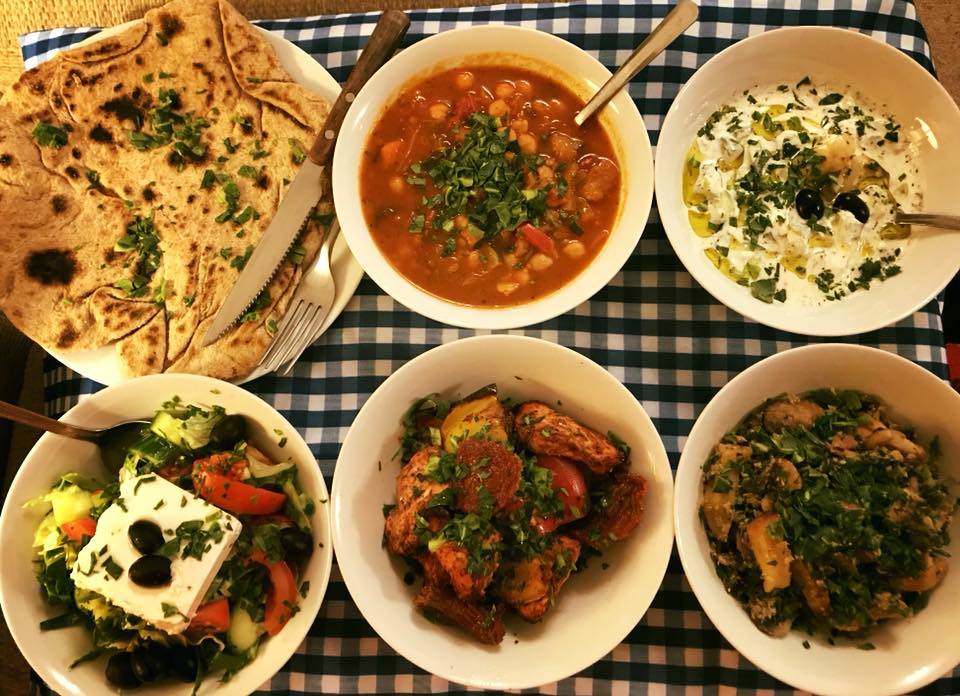
Also leafy greens you grow at home will soon wilt a few days after cutting. However supermarket greens seem to keep for weeks without wilting at all. Therefore I do ask the question, what are they doing to our food? There is no doubt that becoming self sufficient dramatically improves your diet for good!
Breathing cleaner air
Statistics on children’s lung health and capacity from modern cities is truly shocking. There is no doubt that people in urban areas are having shorter lives due to air pollution. Across the world rain forests are being burnt and economies are combusting copious amounts of fossil fuels.
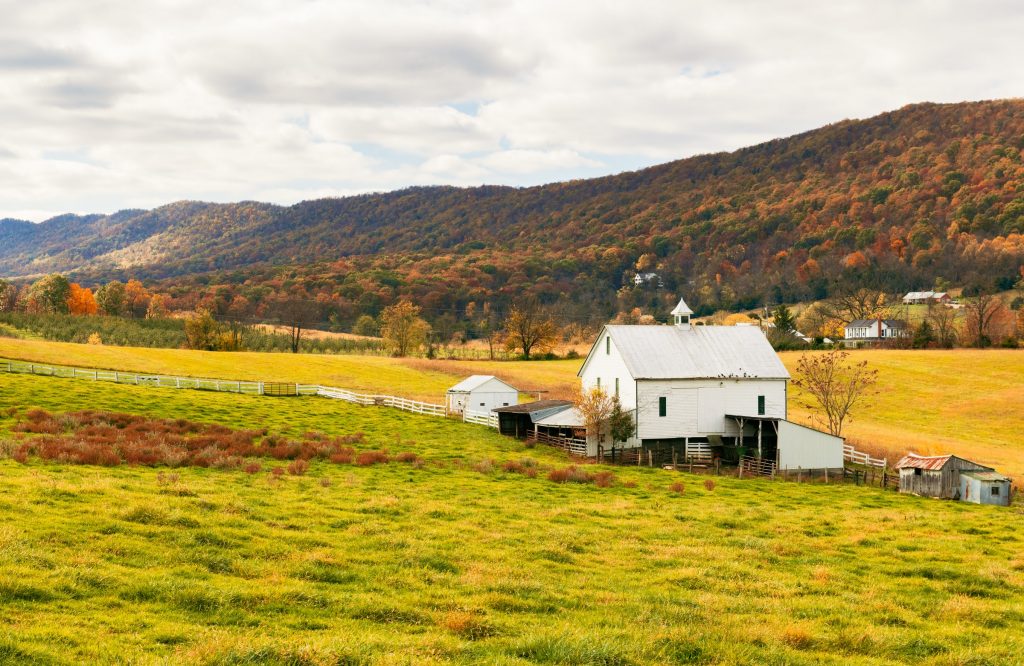
This is bad enough but living in a high density city is even worse. Nobody should see the health of their loved ones degraded in this way. Becoming self sufficient is the first step to leaving polluted and high density environments. Surrounding yourself with nature every day will provide cleaner air and a better quality of life!
Improved mental health
There is no doubt that most western societies have a huge and growing problem with mental health! Not only are people living in ever more cramped environments the cost of living just gets higher. Combine this with real earnings falling and you have the perfect storm.
Throw into the mix tens and thousands of student debt and you have a psychological trap. It is true that the young are feeling the brunt of most of these problems. Self sufficient homesteading can provide a higher quality of life without the need for financial wealth.

Not only is green countryside better for our mood it can change our outlook on life. Homesteading exposes people to those little pleasures the human race has forgotten. The birth of a baby goat or chasing the chickens around the farm, just because you can! The combination of physical activity, animals and nature is the perfect tonic for both the mind and soul.
Live longer
Studies have been done on world populations where people seem to live the longest. The majority of the longest lived people actually live in poor farming villages. During the ‘blue zones study’ assessors visited the top ten locations which had the greatest percentage of centenarians.
They consistently found themselves working in self sufficient farming villages. From the islands of Greece to remote villages in Okinawa Japan they saw the same thing! Small farming homesteads with a combination of vegetable growing and livestock production.
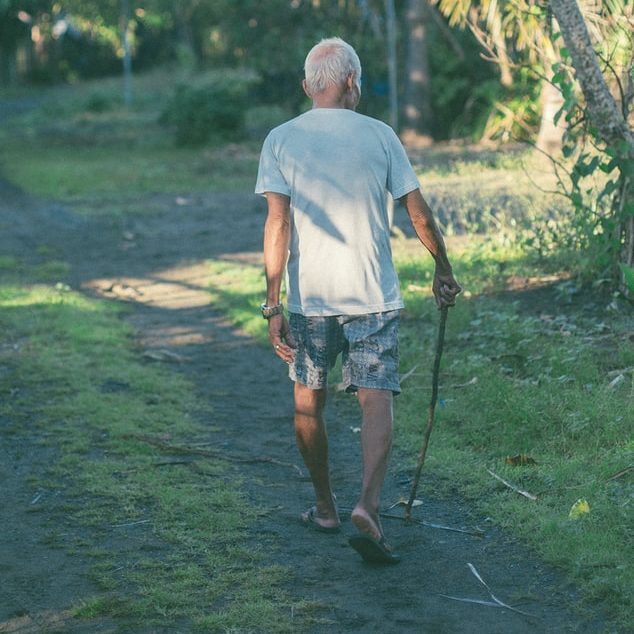
When asked about their longevity they would make reference to eating home grown food. Subsequent studies of all of these locations made some interesting discoveries. Most of which were directly attributed to a lifestyle of self sufficient homesteading.
Naturalistic environments, little material wealth, home grown vegetables, living with animals, a physical lifestyle and a strong community are some of these factors. Therefore self sufficient homesteading is not only good for you it can extend your life.
Live closer to nature.
Research shows us that rural and naturalistic environments are good for us. Self sufficiency focuses our minds on working the land and interacting daily with green space. There is no denying this can require work however it is physical exercise we need for good health and well being.
Research into the benefits of trees is really very dramatic. Not only do they give us fresh air they make us feel good when we are near them. When exposed to trees and natural environments our bodies produce more of the hormone Oxytocin.
This hormone makes us feel calm and generally happier. Therefore just by living in natural, rural environments can greatly improve every aspect of our lives! Hence self sufficient homesteading can greatly improve the standard of living for you and your family.
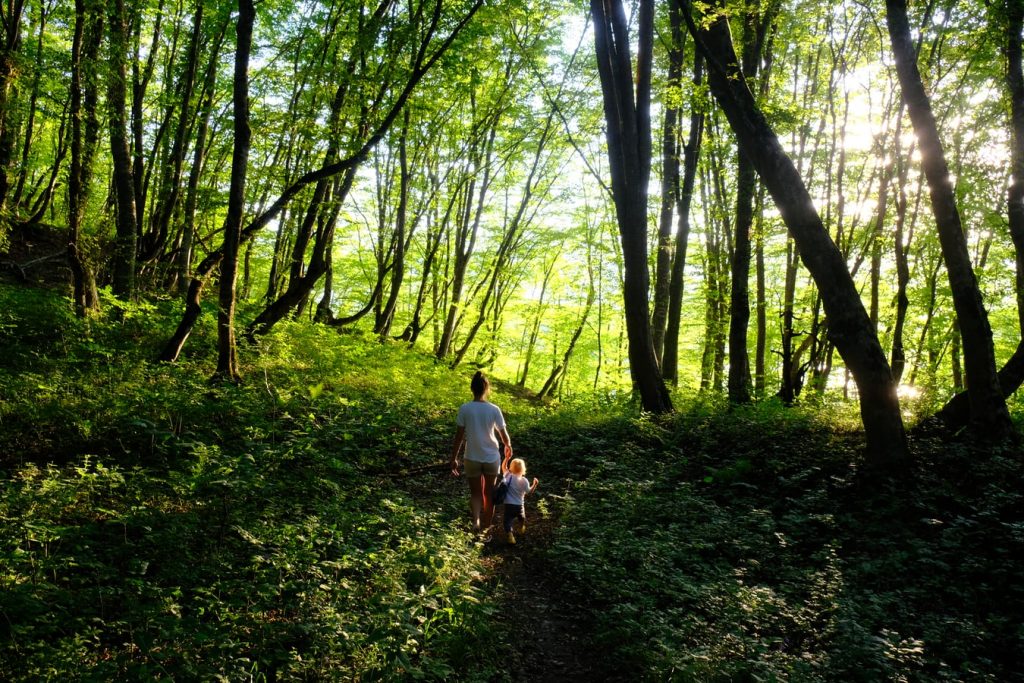
Self sufficiency and homesteading may seem like a dream to many but it is a worthwhile one! With an escalation of environmental devastation it is only a matter of time before change is thrust upon us! Human civilisation is exploiting the planet to dangerous levels and in the end nature always wins!
Self sufficiency is not a wild fantasy; it is a way of living a better quality life and a more sustainable one at that. If there is one positive thing you can do for your family and the planet it is self sufficient homesteading existence. Get ready for extended longevity and happiness while saving the planet at the same time!
Thank you for reading our beginners guide to self sufficient homesteading and its benefits. What do you think? Do you think such a lifestyle is worthwhile? We would love to hear from you!
Back to home
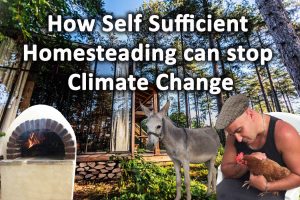
How Self Sufficiency and Homesteading can stop Climate Change
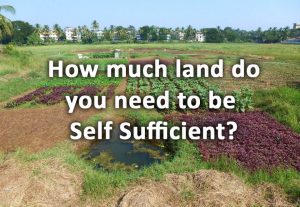
How much land do you need to be self sufficient?
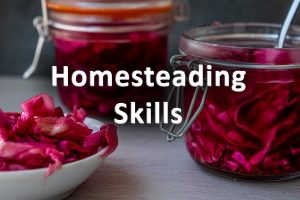
Homesteading skills, for Self Sufficiency
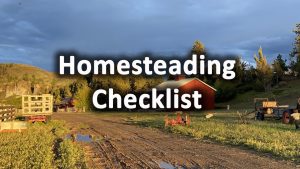
Homesteading Checklist for self sufficiency

A beginner’s guide to self sufficiency & its benefits
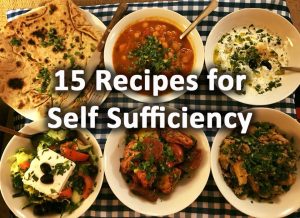
15 recipes for self sufficiency
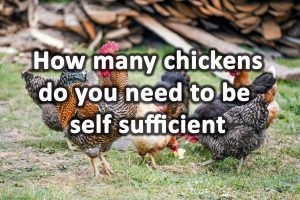
How many chickens do you need to be self sufficient?
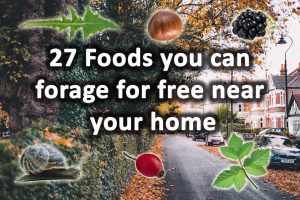
27 foods you can forage for free near your home
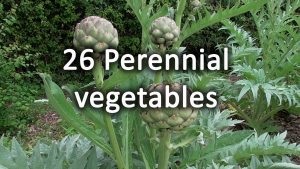
26 Perennial vegetables for the garden
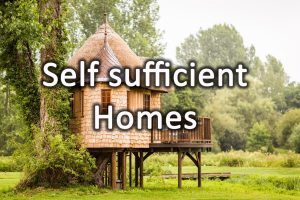
Self sufficient homes
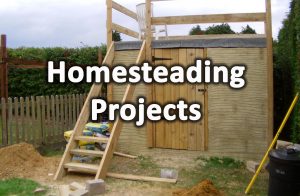
31 Homesteading projects
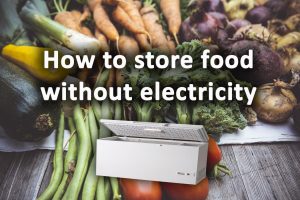
15 Ways to Store Food without Electricity
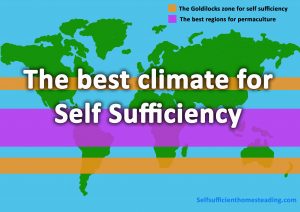
The best Climate for self sufficiency
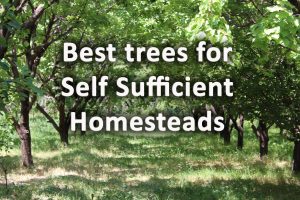
The most useful 22 Trees for a self sufficiency & homesteading
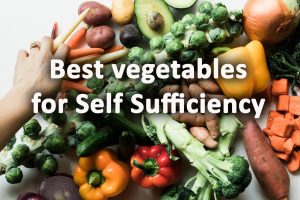
31 Vegetables for self sufficiency
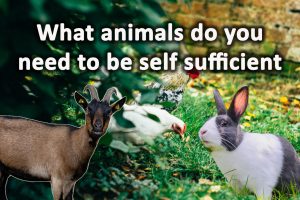
What animals do you need to be self sufficient?

How to stop Climate Change with Crops – Crops for climate change
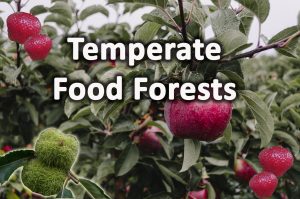
Temperate Food forests
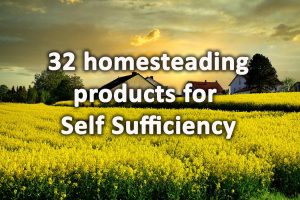
32 Homesteading products for self sufficiency
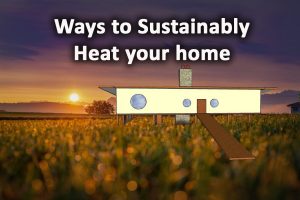
10 Ways to Sustainably Heat Your Home
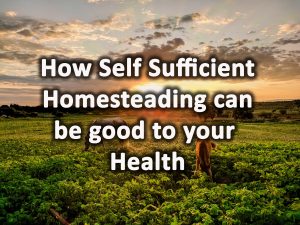
10 Ways self sufficient homesteading can be good for your health
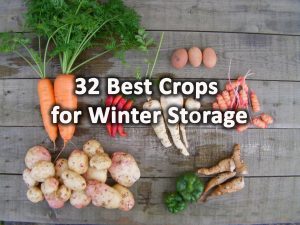
32 Best Crops for Winter Storage
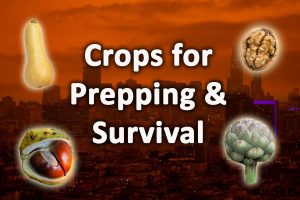
34 crops for prepping and survival
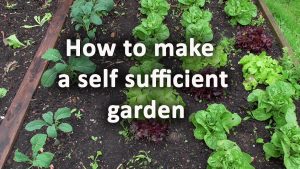
How to make a self sufficient garden
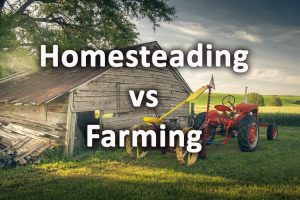
Homesteading verses farming what’s the difference?
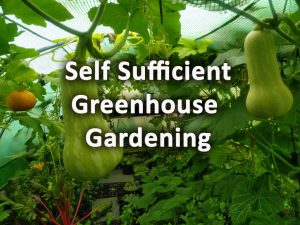
Self sufficient greenhouse gardening
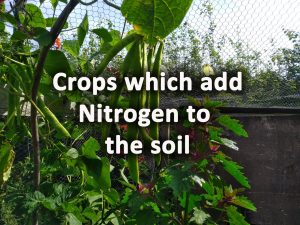
12 Crops which add nitrogen to the soil
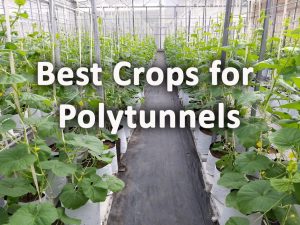
32 of the best crops for Polytunnels
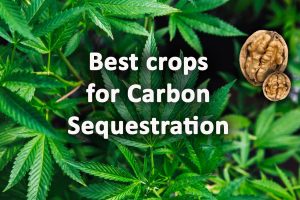
12 Best Crops for Carbon Sequestration
